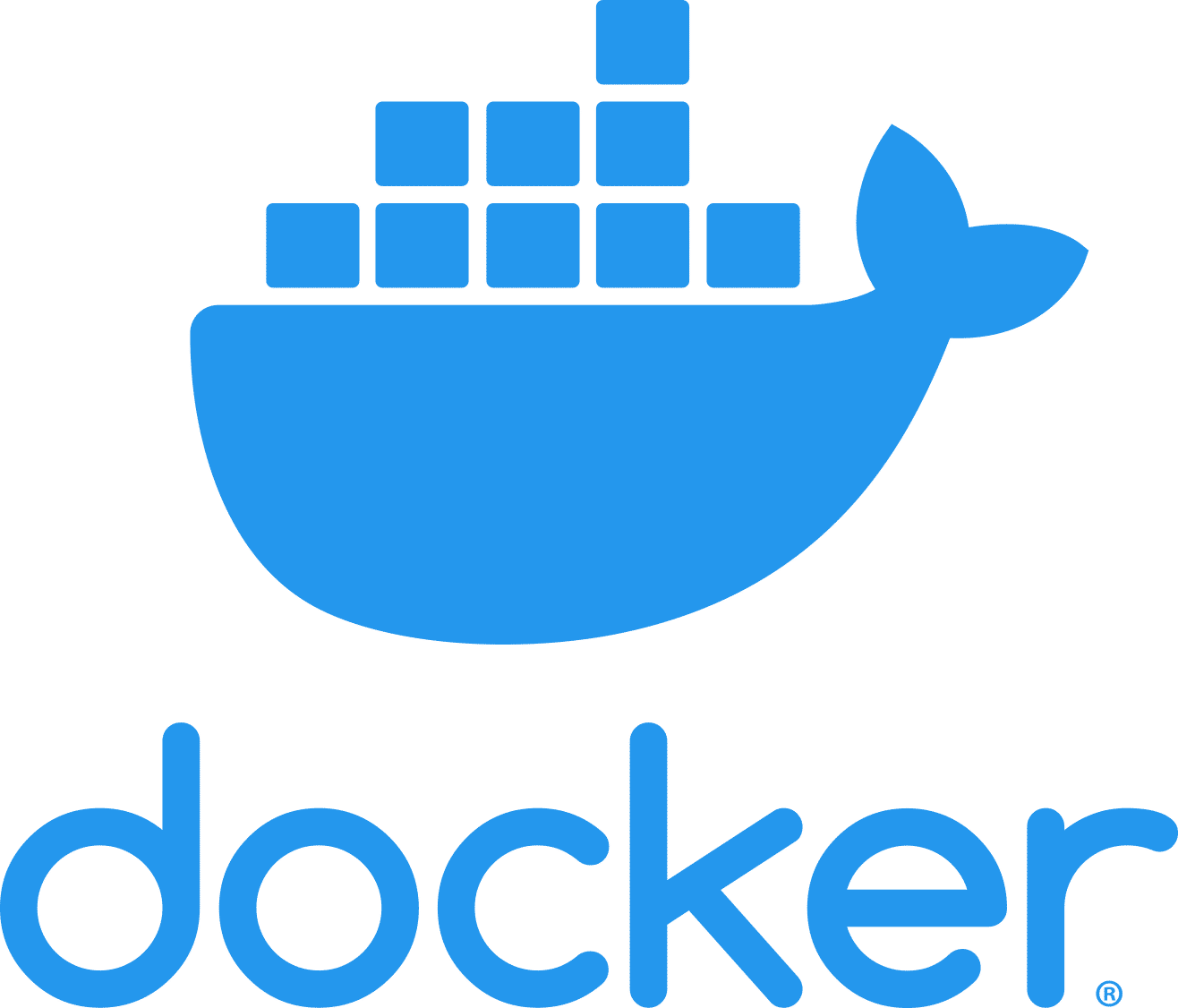Docker is a tool that allows you to run your projects inside special isolated environments called containers.
Imagine packing your app together with all its dependencies — PHP version, MySQL, Redis, configs — and giving it to another developer or running it on a server without the classic “but it worked on my machine!”.
A container is like a mini-computer inside your system: it starts in seconds, can be copied or destroyed easily, and doesn’t eat up gigabytes of RAM like traditional virtual machines.
Why web developers love Docker:
- Consistent environments. The same code runs identically on your local, staging, and production servers.
- Fast onboarding. A new team member? One command and they’re ready to code.
- Service isolation. PHP, MySQL, Redis, Nginx — each in its own container. Easily swappable and scalable.
- Effortless deployment. A container is a portable unit ready to be deployed anywhere.
- CI/CD integration. Works smoothly with GitLab CI, GitHub Actions, Jenkins, and more.
A few key terms to know:
- Docker Engine – the core software that manages containers.
- Image – a template used to create containers (e.g., php:8.2-fpm).
- Container – a running instance of an image.
- Dockerfile – a file that defines how to build your own image.
- – Docker Compose – a file that defines and runs multi-container applications (like php, mysql, nginx, etc.).
In the next post, I’ll show how to install Docker on Ubuntu and other operating systems.
But for now, ask yourself: “How much time do I waste configuring dev environments?”
Docker might save you days.
If you found this post helpful — save it, share it, or follow the series. More practical stuff coming soon!

